Thow Kwang Pottery Jungle
This family-owned pottery shop is home to the last operational dragon kiln in Singapore.
The dragon kiln, or longyao, is a traditional Chinese wood-fired kiln that dates back several thousand years. The long, cylindrical kiln is said to resemble the shape of a dragon, and it hisses, bellows, and spits smoke as it works. Dragon kilns rose in popularity in Singapore in the early 19th century, and from the 1940s to the 1970s, nearly 20 opened up across Jurong. Over time, electric kilns replaced the more labor-intensive dragons, and all but two such kilns shuttered. Today, Thow Kwang Pottery Jungle is home to the oldest surviving dragon kiln, and the only one that continues to breathe fire.
Made by hand in the 1940s, Thow Kwang’s dragon kiln is molded from clay and buttressed by bricks. The 27-meter-long kiln is built at a steep slope so that the fire, lit within the head of the dragon, can propel intense heat throughout the kiln and push rising smoke from the tail. Pottery that can withstand high heat is placed closest to the mouth, where temperatures can reach up to 1,500°C. The dragon can “eat” up to 4,000 pieces at once, but each piece must be placed into the kiln individually. It’s a laborious process, and a long one, too; from starting the fire to cooling the pottery, it takes about six days. Workers sustain the fire day after day, periodically sliding pieces of wood through the kiln’s stoke holes.
Thow Kwang Pottery Jungle has been owned and operated by the Tan family for three generations. Tan Kim Seh, the founder, was a third-generation potter born in Feng Xi, China who, after moving to Singapore, purchased the kiln and started the family pottery business. Although the kiln is no longer used commercially, the Tan family fires up the dragon two to three times each year for clay artists to use and spectators to witness. When the kiln isn’t in operation, Thow Kwang offers pottery workshops, tours, and educational events. It also serves as a studio and gathering space for a group of potters known as the Thow Kwang Clay Artists.
The shop house, relatively unchanged since the 1990s, brims with an assortment of ceramic umbrella stands, flower pots, lampshades, and dishes alongside miscellaneous bric-a-brac, religious statues, and household items used by the Tan family. The pièce de résistance, of course, is the dragon itself, and while it’s only operational a few times a year, the lucky visitor can tour the belly of the wood-fired beast.
Know Before You Go
To get to the Pottery Jungle, take a taxi from Boon Lay Interchange or take Bus #199 from Boon Lay Interchange to Bus Stop 27171, the last stop before the bus turns at Nanyang Technological University. Cross toward CleanTech Park and look for mammoth pottery jars on the road guiding the way.
Plan Your Trip
The Atlas Obscura Podcast is Back!


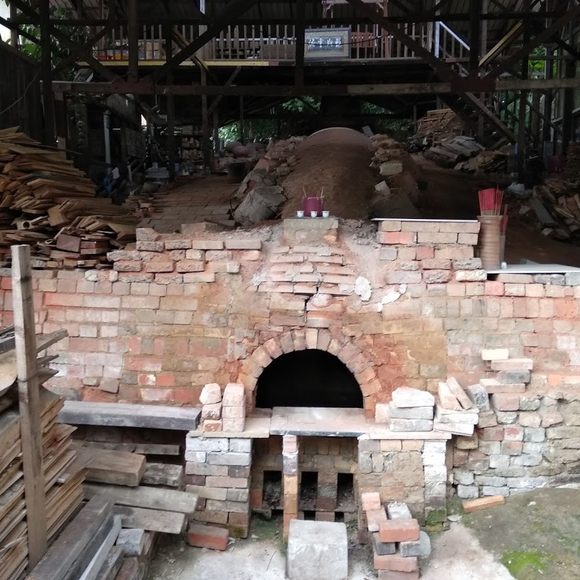

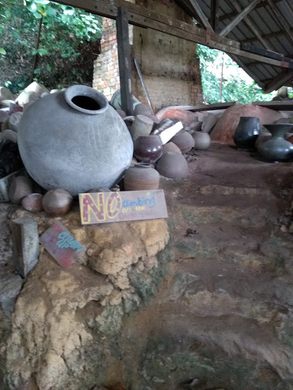
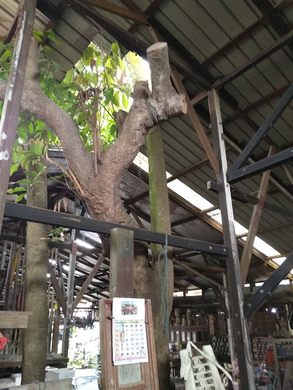
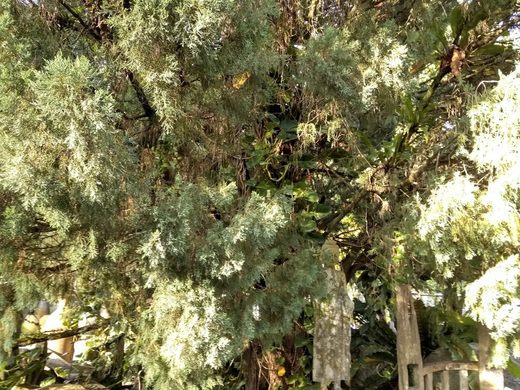

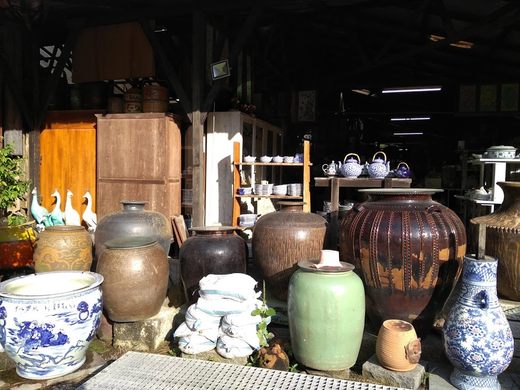
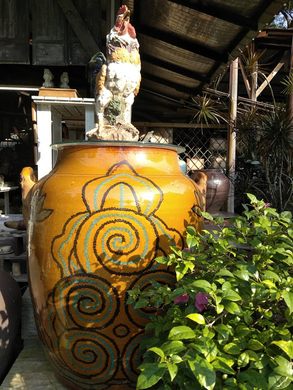
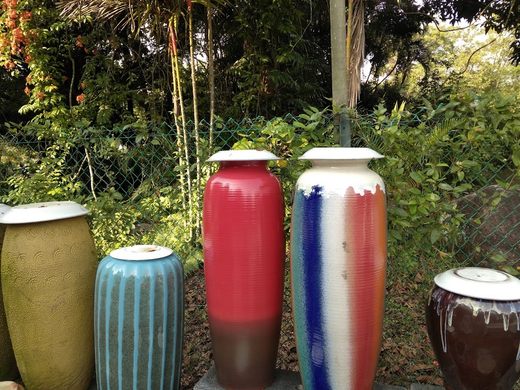



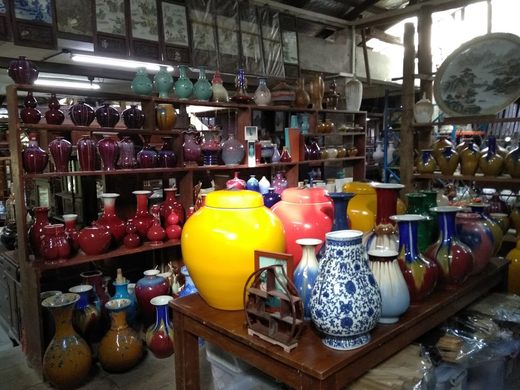
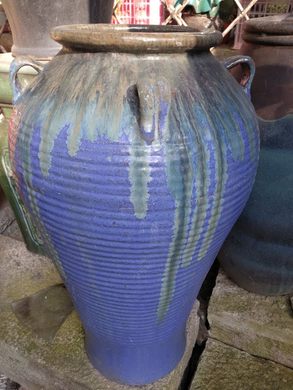


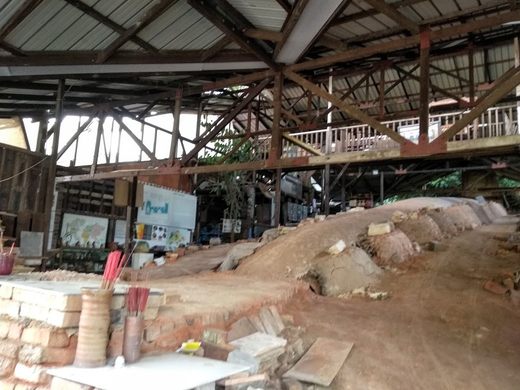
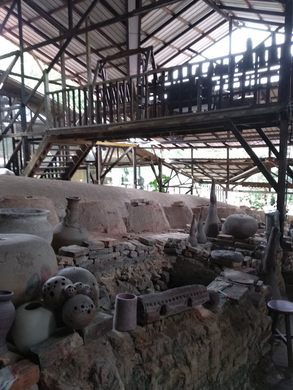


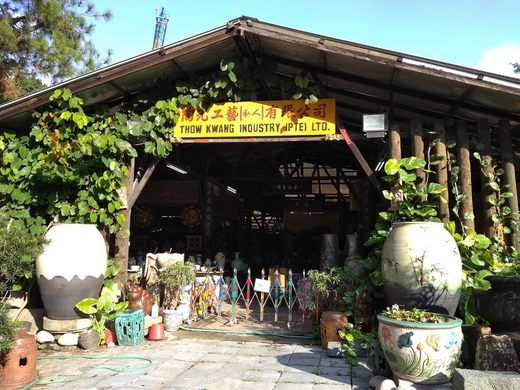
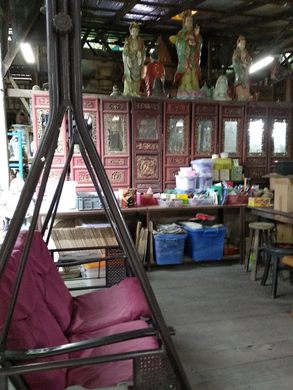
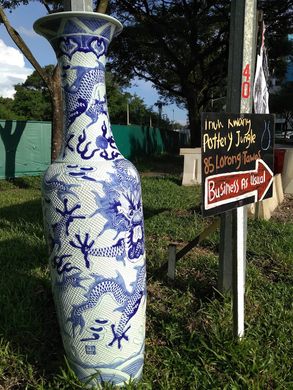


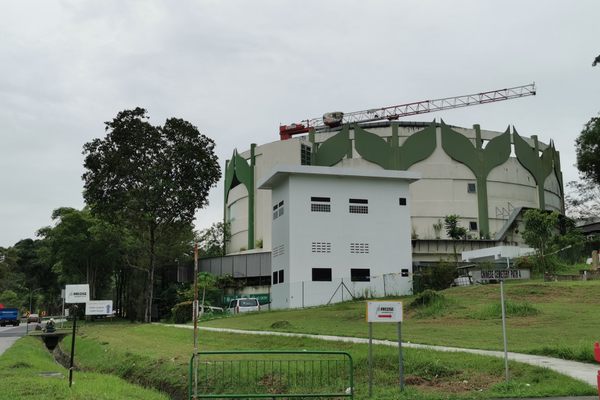



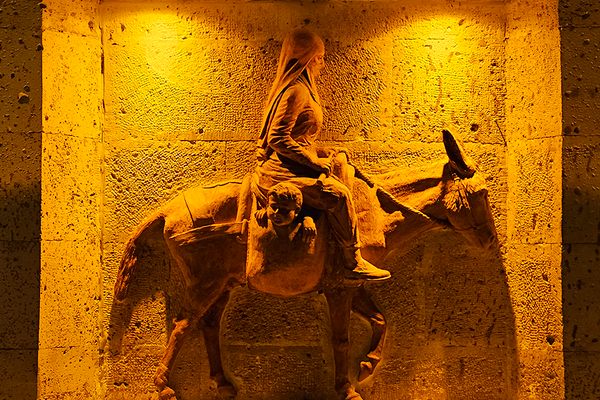




Follow us on Twitter to get the latest on the world's hidden wonders.
Like us on Facebook to get the latest on the world's hidden wonders.
Follow us on Twitter Like us on Facebook